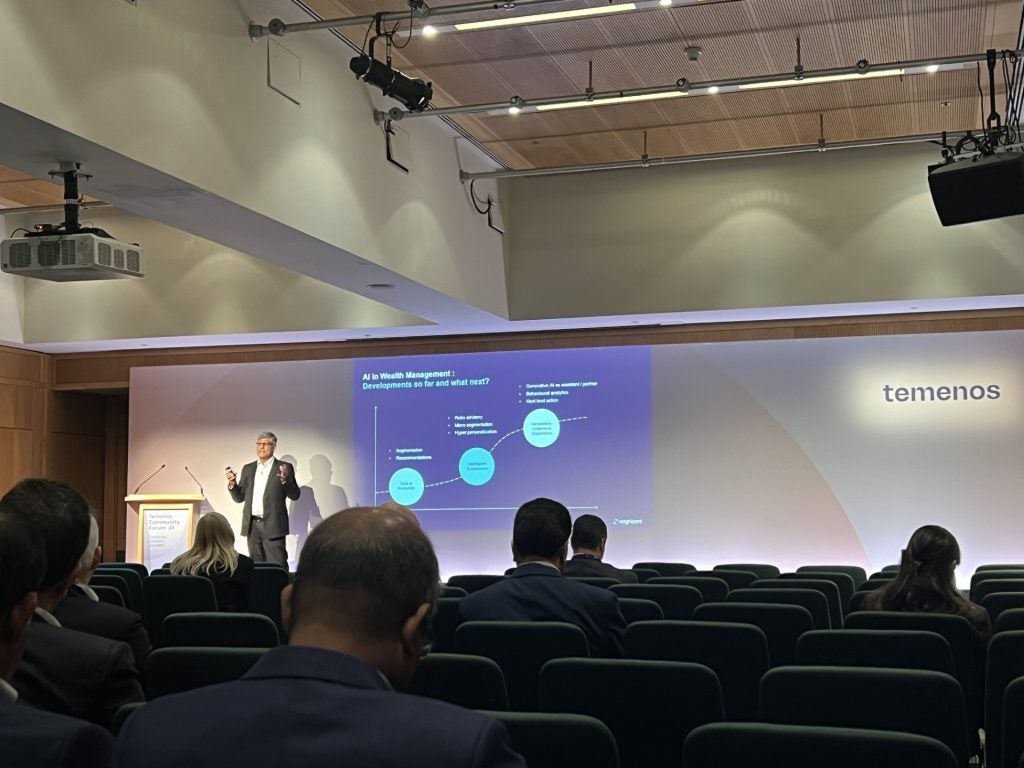
JPMorgan asset and wealth management division reported a net income of $658m in Q2 2020, a fall of 8% from $719m from a year ago.
The unit’s net revenue remained almost unchanged at $3.6bn.
Lower structural and volume- and revenue-related expense led to a 3% year-on-year decrease in noninterest expense to $2.5bn.
Provision for credit losses was $223m in Q2 2020, compared to $2m last year.
Assets under management increased 15% to $2.5trn. The bank attributed the growth to cumulative net inflows into liquidity as well as longterm products.
In Q1 2020, the asset and wealth management unit was the only one of the bank’s four units to show resilience amid the Covid-19-related turbulence.
How well do you really know your competitors?
Access the most comprehensive Company Profiles on the market, powered by GlobalData. Save hours of research. Gain competitive edge.

Thank you!
Your download email will arrive shortly
Not ready to buy yet? Download a free sample
We are confident about the unique quality of our Company Profiles. However, we want you to make the most beneficial decision for your business, so we offer a free sample that you can download by submitting the below form
By GlobalDataAt a group level, JPMorgan registered a net income of $4.7bn in Q2 2020, a 51% slump from $9.7bn in the prior year as it set aside $10.5 in credit loan provisions.
JPMorgan chairman and CEO Jamie Dimon said: “We ended the quarter with massive lossabsorbing capacity – over $34 billion of credit reserves and total liquidity resources of $1.5 trillion, on top of $191 billion of CET1 capital, with significant earnings power that would allow us to absorb even more credit reserves if needed.
“This is why we can continue to serve all of our stakeholders and to pay our dividend – unless the economic situation deteriorates materially and significantly.”







